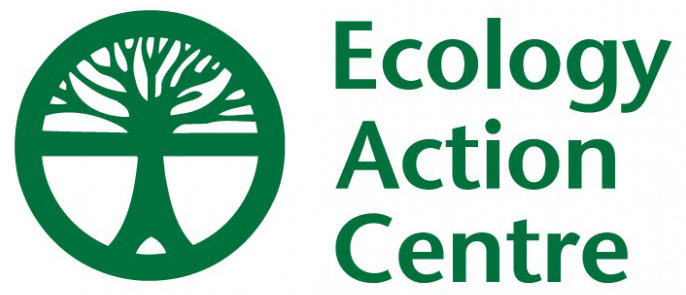In July, the Houston government announced its intention to allow “high-production forestry” practices – including clearcutting and spraying – within the proposed Ingram River Wilderness Area (IRWA), threatening over a decade of community-led efforts to protect this unique and crucial wild space.
Once this area is gone, it’s gone forever. But communities are fighting back, and they need your help.
A citizen-led group are working to save the IRWA. They’ve created a petition to submit to the province demanding an end to destructive forestry practices in the area.
Fill in the form to download and print the petition. After gathering signatures from your friends, family, neighbours and allies, you can drop off or mail your completed petitions to the EAC office at 2705 Fern Lane in Kjipuktuk/Halifax. You can also email ingramactiongroup@gmail.com to arrange pick within the HRM. Please note: only printed forms with written signatures can be accepted. Do not try to complete the form online or submit photocopies of signatures.
Ingram River
The proposed Ingram River Wilderness Area contains the oldest documented forest in the Maritimes – a particularly important feature, given that less than one per cent of Nova Scotia’s forests are old-growth.
From black ash to the Blackburnian warbler, the proposed Ingram River Wilderness Area is home to at least 17 species at risk and an additional 72 species of conservation concern. It contains key wilderness corridors and has been identified by the province as core habitat for the endangered mainland moose – meaning this land has been deemed “essential for the long-term survival and recovery” of the species.
High-Production Forestry
Within the proposed protected area, the government has slated numerous parcels for high-production forestry despite the site's ecological importance.
High-production forestry uses a plantation model of clearcutting, replanting monocultures and spraying herbicides in short rotations, on an indefinite basis. This is unsuitable in a biodiverse area like the proposed Ingram River Wilderness Area.
The Houston government’s direction is short-sighted, but the repercussions will be long-lasting: repeated clearcutting will severely fragment and degrade this crucial habitat, jeopardizing the many species that depend on it, including species that are already threatened or endangered.
A Symptom of a Larger Issue
The intention to conduct high-production forestry within the proposed Ingram River Wilderness Area is particularly alarming when we compare the Houston government’s fast-tracking of extractive industries to the stagnant progress on its legal commitments to protected areas.
As part of our national and international commitments, the provincial government is legally required to protect at least 20 per cent of Nova Scotia by 2030, as per the Environmental Goals and Climate Change Reduction Act – legislation that the Houston government introduced and passed in 2021. To fulfill this mandate, Nova Scotia will need to protect over 330,000 hectares within the next five years. And yet, the provincial government hasn’t designated a single new protected area since Premier Houston’s first term.
Numerous areas of high ecological and social value have been nominated for protection, but until the government follows through, the sites are stuck in limbo, or worse, being chipped away at, one cut block at a time.
Are proposed protected areas being deliberately targeted?
The proposed Ingram River Wilderness Area (Halifax and Hants Counties), the proposed Chain Lakes Wilderness Area (Kings County) and the proposed Goldsmith Lake Wilderness Area (Annapolis County) are all biodiverse areas that local communities are championing for legal protection. The government may be largely ignoring these public lands, but the forestry industry isn't.
This isn’t just a problem – it’s a pattern.
Nova Scotia’s mandated protected areas commitments and public nominations to protect specific sites both predate the proposed harvest plans. But time and again, the government is prioritizing resource extraction over conservation on public land – even in proposed protected areas.
Is it any wonder that communities feel this is a deliberate tactic to undermine the protection of these areas?
Forestry isn’t the only ongoing threat to proposed protected areas. The provincial government approved the Caribou Lake quarry project in Lunenburg County, even though the Bridgewater Watershed Protection Alliance had already made an application to protect the land six months earlier. The watershed provides Bridgewater’s drinking water and is home to the last wild population of the endangered Atlantic Whitefish on Earth.
Failure to protect ecologically rich areas with strong public support not only jeopardizes precious ecosystems; it also erodes the public’s trust in the government’s commitment to people, nature and communities.

